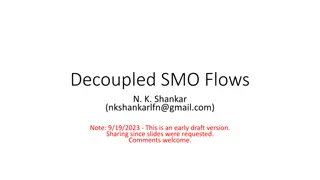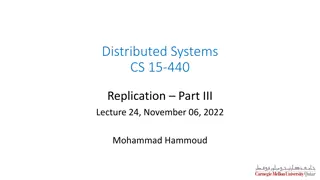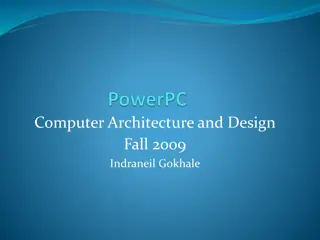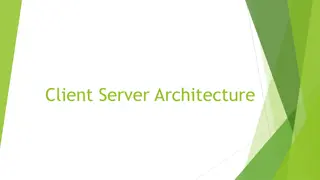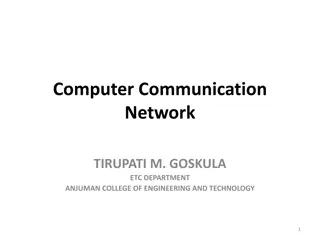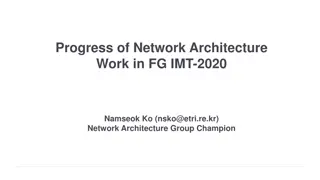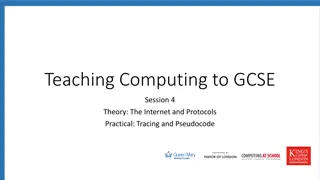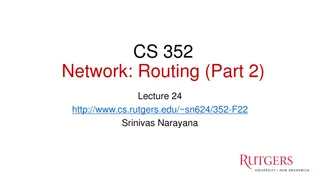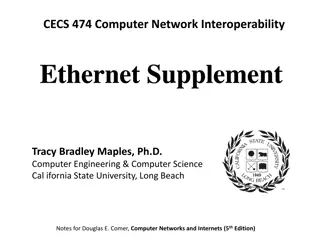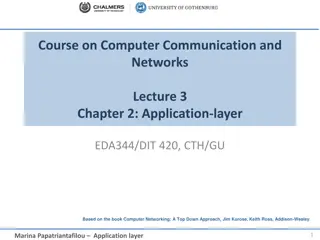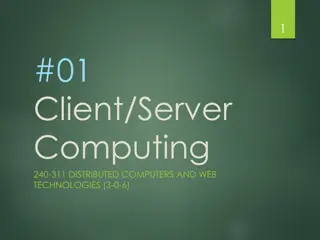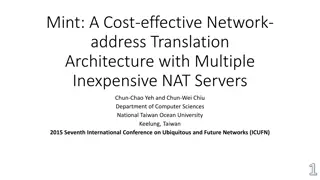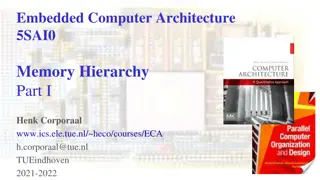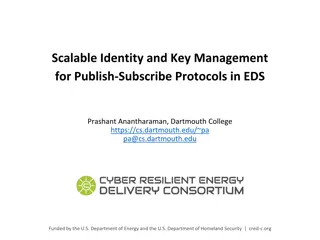Network Protocols and Architecture
Explore key concepts in network protocols and architecture with insights from Scott Shenker and Rodrigo Fonseca. Delve into topics such as B.A.C, CTS.B.A.C, and Data B.A.C to enhance your knowledge in networking. Gain valuable insights from industry leaders to boost your understanding of complex networking systems.
Download Presentation

Please find below an Image/Link to download the presentation.
The content on the website is provided AS IS for your information and personal use only. It may not be sold, licensed, or shared on other websites without obtaining consent from the author. Download presentation by click this link. If you encounter any issues during the download, it is possible that the publisher has removed the file from their server.
E N D






